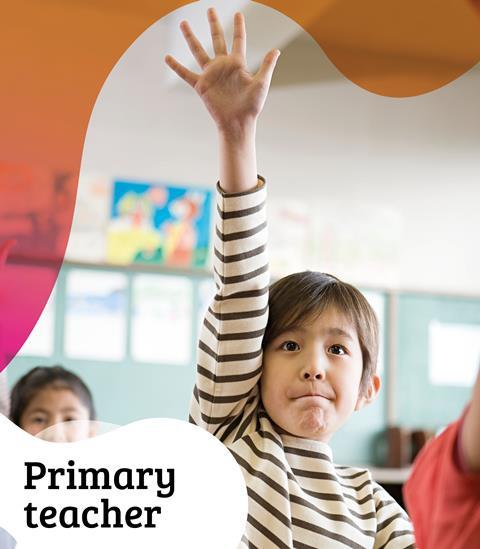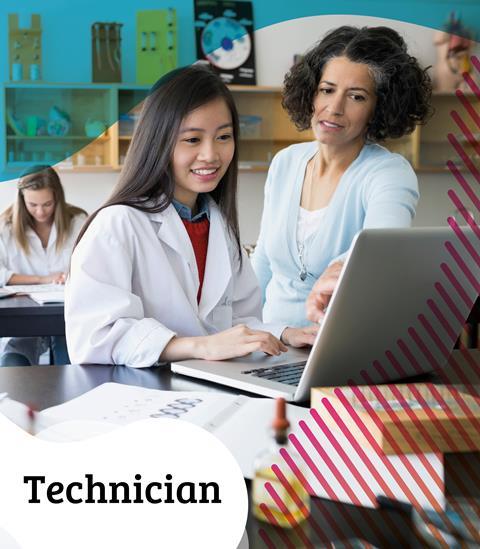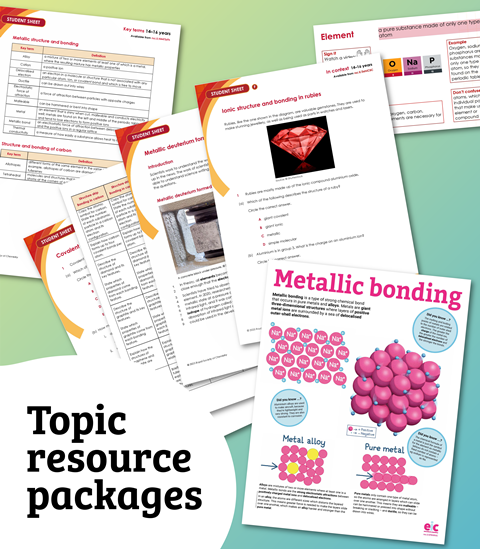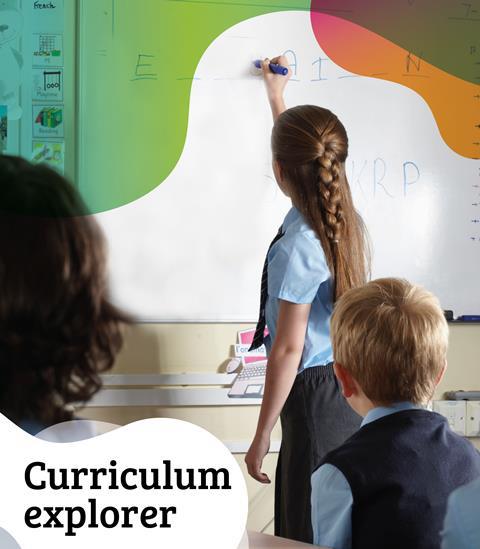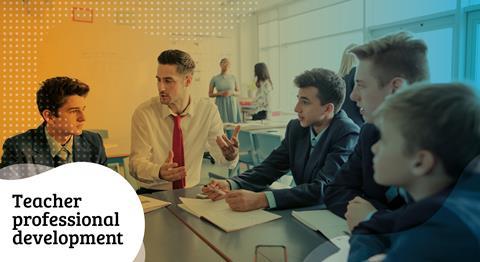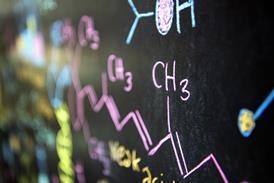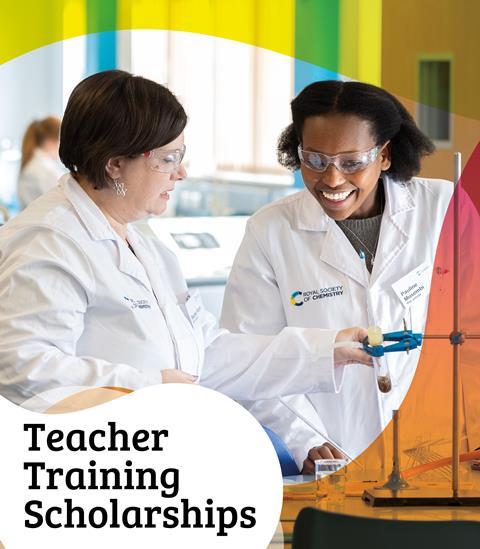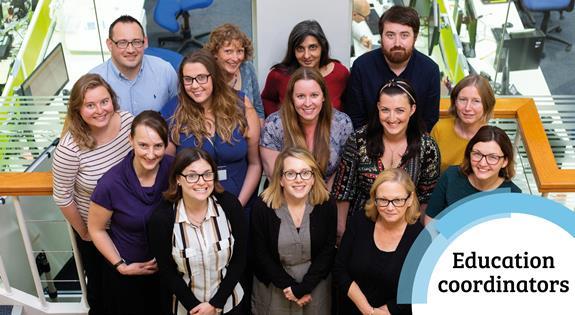All Problem solving articles
-
 Extension
ExtensionBoiling point: a surprising measurement | Stretch and challenge | 11–14 years
Develop critical thinking skills by guiding learners to evaluate possible explanations for an unexpected experimental result
-
 Resource
ResourceDecision tree: what type of bonding? | 14–16 years
Use this decision tree to help your learners find answers to questions about structure and bonding by scaffolding their thinking
-
 Ideas
IdeasScaffold learning with decision trees
Help students unravel complex topics with a decision tree – a visual support you can gradually remove
-
 Resource
ResourceDecision tree: acid, base or buffer? | 16–18 years
Help learners understand which equation they need to answer questions about acids, bases and buffers by scaffolding their thinking
-
 News
NewsHow making mistakes in practicals impacts student engagement
Understand how learners respond to and recover from different types of errors in the chemistry lab to improve student outcomes
-
 Feature
FeatureHow to run a successful Chemistry Olympiad club
Discover effective approaches and essential resources to prepare learners for this competition (and others), recommended by two heads of science
-
 Feature
FeatureYour guide to the UK Chemistry Olympiad
Discover how your school can easily participate in the leading annual chemistry competition for secondary school learners
-
 Feature
FeatureWhy you and your students should get involved in the Olympiad
Challenge your learners and ignite a passion for chemistry
-
 Ideas
IdeasEscape the classroom: and revise chemistry knowledge
Challenge your students to break out of the lab and prepare for exams
-
 News
NewsBoost maths skills to improve chemistry learning
Use these evidence-based tips to help your learners get ahead with chemical calculations
-

-
 Resource
ResourceAlloys of iron | steels
Discover how the different levels of carbon content in steel changes the properties and use of the steel
-
 Resource
ResourceCarbon monoxide
Chemistry knowledge will save lives, and learners can contribute to home safety by learning about, and announcing the dangers of carbon monoxide.
-
 Resource
ResourcePolymers in everyday things
Identify polymers and investigate their role in everyday life, discovering their properties and why they are useful.
-
 Resource
ResourceChanging the properties of polymers and plastics
Learners consider how changes to polymers, for example adding plasticisers or cross-linking, affects the properties of the objects made from the polymers.
-
 Resource
ResourcePolylactic acid
Explore an example of condensation polymerisation with this practical activity where lactic acid is reacted to make short strands of polylactic acid.
-
 Resource
ResourceInvestigating a natural composite | chicken bone
Two chicken bones are the basis for this exploration into natural composites, where learners understand how each component affects the bone itself.
-
 Resource
ResourceMaking new medicines | combinatorial chemistry
How do pharmacists create new medicines, and what role does the pharmaceutical industry play in chemical research? Find out with this resource.
-
 Resource
ResourceA composite material: concrete
As a composite material, concrete requires a balance of ingredients to be effective. Investigate how different additives affect the properties of concrete.
-
 Resource
ResourceNanotechnology and smelly socks
Take a closer look at fabric fibres and the effect of bacteria decay. How does this contribute to smelly socks and what can nanotech do to help?

